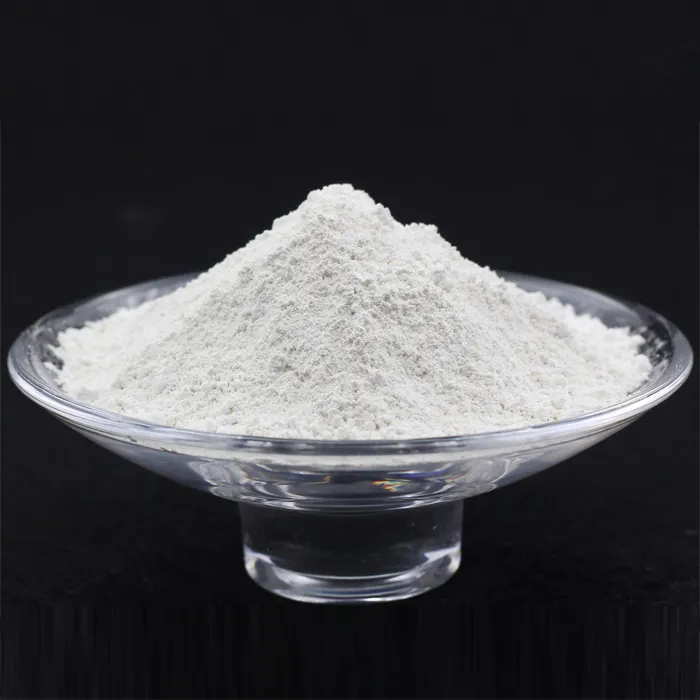Water Treatment Plant Chemicals Ensuring Clean and Safe Water
Water treatment plants play a crucial role in providing clean and safe drinking water to communities around the world. The process of water purification involves various steps, each utilizing specific chemicals to treat and ensure the quality of the water. Understanding these chemicals and their functions is essential for appreciating the intricacies of water treatment.
One of the primary goals of water treatment is to remove contaminants and impurities from the water. This process typically starts with coagulation and flocculation. In this initial stage, chemicals known as coagulants, such as aluminum sulfate (alum) or ferric chloride, are added to the water. These chemicals facilitate the aggregation of suspended particles by neutralizing their charges, allowing them to clump together. The resulting larger particles, or flocs, can be easily removed in subsequent steps.
Water Treatment Plant Chemicals Ensuring Clean and Safe Water
After sedimentation, the water undergoes filtration to remove any remaining solids. Various filtration media can be employed, including sand, gravel, and activated carbon. Activated carbon, in particular, is instrumental in adsorbing organic compounds and other trace contaminants, thus improving the overall taste and odor of the water.
water treatment plant chemicals

Disinfection is perhaps one of the most critical steps in the water treatment process. This step is crucial for eliminating pathogenic microorganisms that can pose health risks to humans. Common disinfectants include chlorine, chloramine, and ozone. Chlorine is the most widely used due to its effectiveness and relatively low cost; however, it can react with organic matter to form disinfection by-products (DBPs), which are a concern for health and safety. As a result, water treatment facilities must carefully monitor chlorine levels and may employ alternative methods, such as UV light, which disinfects without the addition of chemicals.
Another important chemical used in water treatment is sodium hydroxide (caustic soda), which is often added to adjust the pH of water. Maintaining the appropriate pH is critical not only for the effectiveness of disinfection but also for preventing corrosion of pipes and infrastructure. A balanced pH also ensures that minerals remain dissolved, promoting the overall quality of treated water.
In addition to these primary chemicals, various other additives may be used to optimize the water treatment process. These include corrosion inhibitors, antiscalants to prevent mineral buildup, and even certain nutrients that promote the growth of beneficial bacteria in biological treatment systems.
In conclusion, the use of chemicals in water treatment plants is fundamental to ensuring that the water delivered to consumers is clean, safe, and suitable for consumption. From coagulants and disinfectants to pH adjusters and filtration aids, each chemical plays a specific role in the complex process of water purification. As technology advances and regulations evolve, the field of water treatment continues to innovate, emphasizing the importance of chemical management in safeguarding public health and the environment. The effective use of these chemicals not only enhances water quality but also builds public trust in crucial municipal services.

